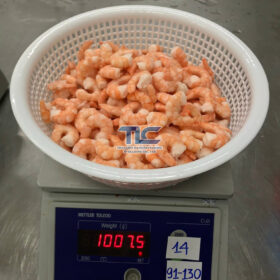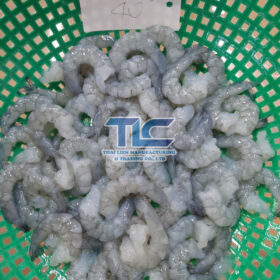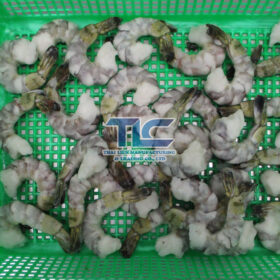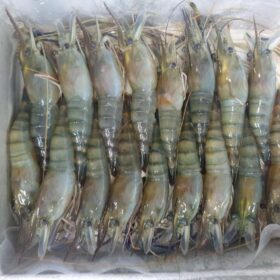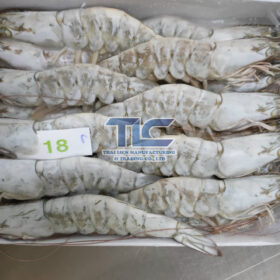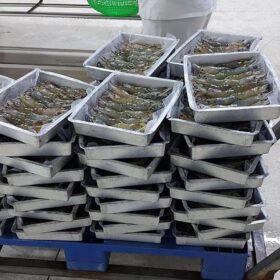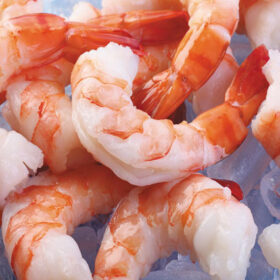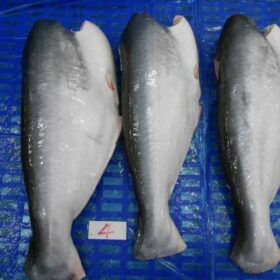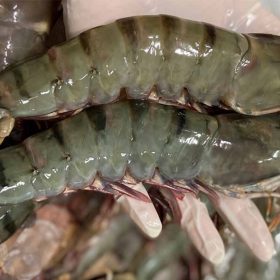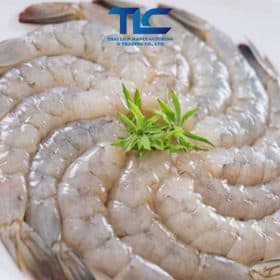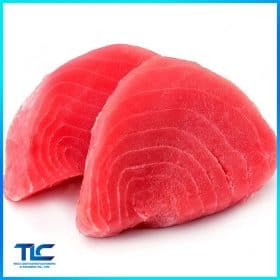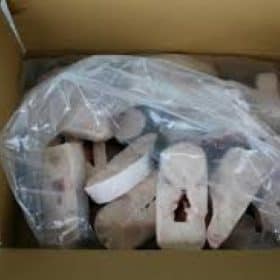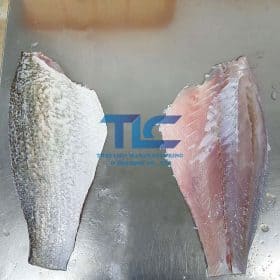Instructions for Defrosting Seafood Products Properly
SEO Meta Description: Discover the correct way to defrost seafood products to ensure their safety and taste. This comprehensive guide provides step-by-step instructions and valuable insights for handling seafood with care.
Introduction
Seafood is a delectable and nutritious choice for meals, but handling it improperly during the defrosting process can lead to safety concerns and a loss of flavor. To fully enjoy the taste and health benefits of seafood, it’s crucial to know the correct instructions for defrosting seafood products properly. In this comprehensive guide, we will walk you through the best practices for thawing seafood safely, highlighting the do’s and don’ts to ensure a delightful dining experience.
The Importance of Proper Seafood Defrosting
Before we delve into the step-by-step instructions, let’s understand why defrosting seafood correctly matters:
1. Food Safety
Proper defrosting reduces the risk of bacterial growth and foodborne illnesses. It ensures that seafood is safe for consumption.
2. Quality Preservation
Correct thawing methods help retain the texture and flavor of seafood, preventing it from becoming mushy or losing its taste.
3. Nutrient Retention
Thawing seafood properly preserves its nutritional value, ensuring you get the maximum health benefits from your meal.
Step-by-Step Guide: How to Defrost Seafood Products Properly
Let’s explore the best practices for defrosting seafood safely:
Selecting the Seafood
- Choose High-Quality Seafood: Start with fresh, high-quality seafood. Look for products that have been properly stored and labeled with freezing instructions.
Refrigerator Thawing
- Place in the Refrigerator: For the safest method, transfer the seafood from the freezer to the refrigerator. Leave it in its original packaging or place it in an airtight container to prevent cross-contamination.
- Allow Ample Time: Seafood typically requires several hours or overnight to thaw in the refrigerator, depending on its size and thickness. Plan your meal preparation accordingly.
- Monitor Temperature: Ensure your refrigerator maintains a temperature of 40°F (4°C) or lower to prevent the growth of harmful bacteria.
Cold Water Thawing
- Use a Leak-Proof Bag: If you need to thaw seafood quickly, place it in a sealed, leak-proof plastic bag to prevent water from seeping in.
- Submerge in Cold Water: Fill a large bowl or basin with cold water and submerge the seafood package. Change the water every 30 minutes to maintain a safe temperature.
- Monitor Thawing Time: Cold water thawing is faster than refrigerator thawing, usually taking 1 to 3 hours, depending on the seafood’s size.
Avoiding Unsafe Methods
- Do Not Thaw at Room Temperature: Avoid leaving seafood on the countertop to thaw at room temperature. This can lead to rapid bacterial growth and spoilage.
- Avoid Microwave Thawing: While microwaving can be used for quick thawing, it’s easy to overdo it and partially cook the seafood, affecting its quality.
Cooking from Frozen
- Cook Without Thawing: If you’re short on time, you can cook seafood directly from the frozen state. Adjust cooking times as needed, ensuring it reaches the desired internal temperature.
Frequently Asked Questions (FAQs)
1. Can I refreeze seafood after it has been thawed?
It’s generally safe to refreeze seafood if it was thawed in the refrigerator. However, refreezing seafood thawed using other methods may affect its quality.
2. Is it safe to thaw seafood in the microwave?
While it’s possible to use the microwave for thawing, it requires careful monitoring to avoid cooking the seafood. Microwave thawing is best suited for small portions.
3. How can I tell if seafood is fully thawed and ready to cook?
Seafood should be uniformly soft to the touch with no ice crystals. You can also use a food thermometer to ensure the internal temperature reaches the recommended level for the specific type of seafood.
4. Can I thaw seafood on the kitchen countertop if I’m in a hurry?
Thawing seafood at room temperature is not recommended, as it increases the risk of bacterial growth. Use the cold water method for quicker thawing.
5. Are there any seafood products that are safe to cook directly from frozen?
Yes, certain seafood products, such as individually quick frozen (IQF) items, are designed to be cooked directly from frozen without thawing.
6. How can I store seafood properly in the freezer to maintain its quality?
Seal seafood in airtight containers or freezer bags, removing as much air as possible to prevent freezer burn. Label items with dates for easy tracking.
Conclusion
By following these instructions for defrosting seafood products properly, you can ensure both the safety and quality of your seafood dishes. Whether you choose the slow and steady refrigerator method or the quicker cold water thawing approach, the key is to be mindful of time and temperature. Enjoy your seafood meals with confidence, knowing that you’ve handled them with care and expertise.

